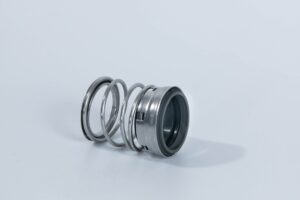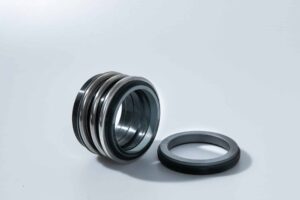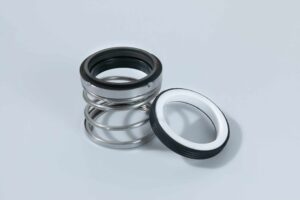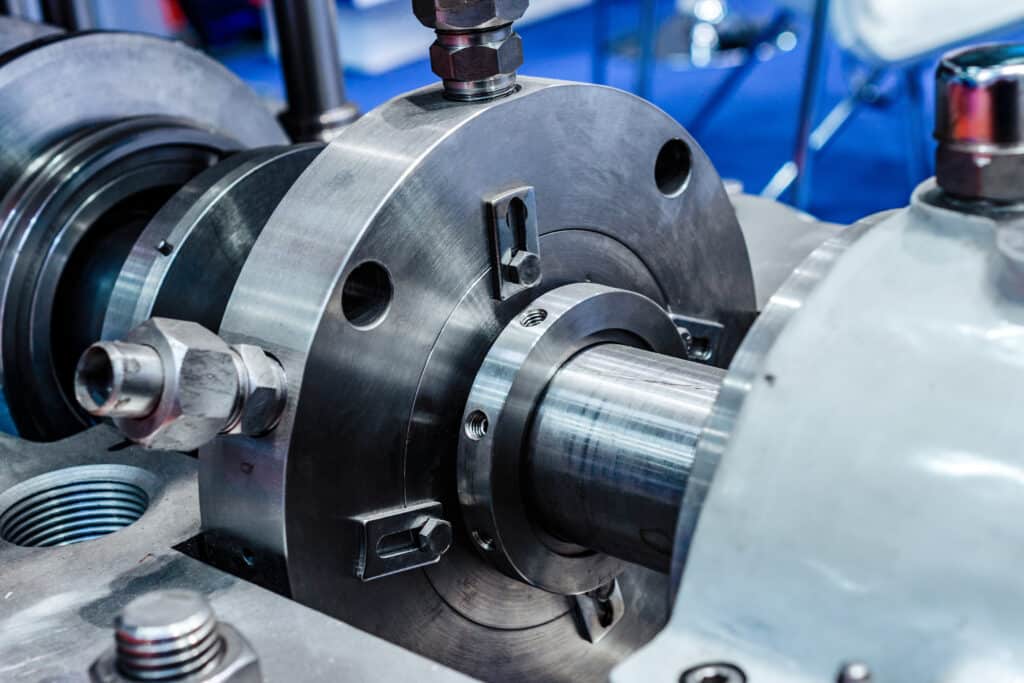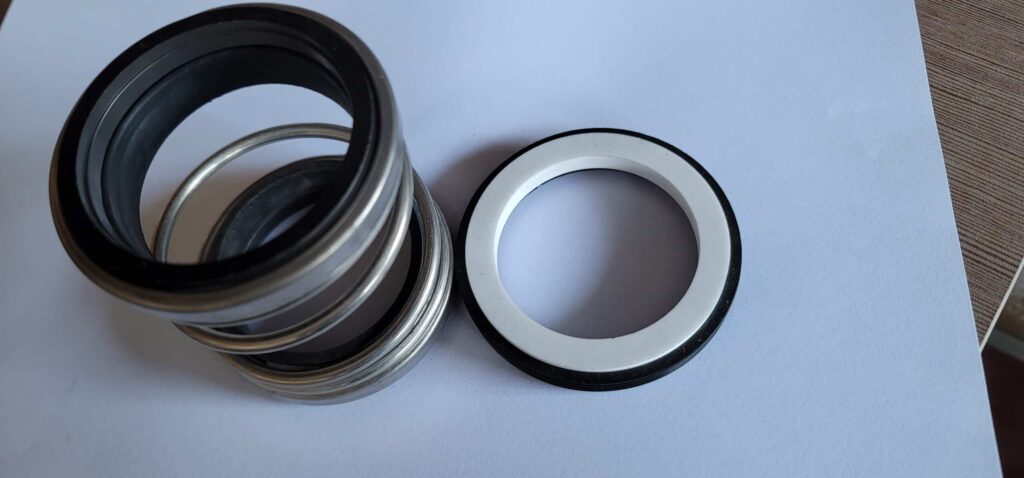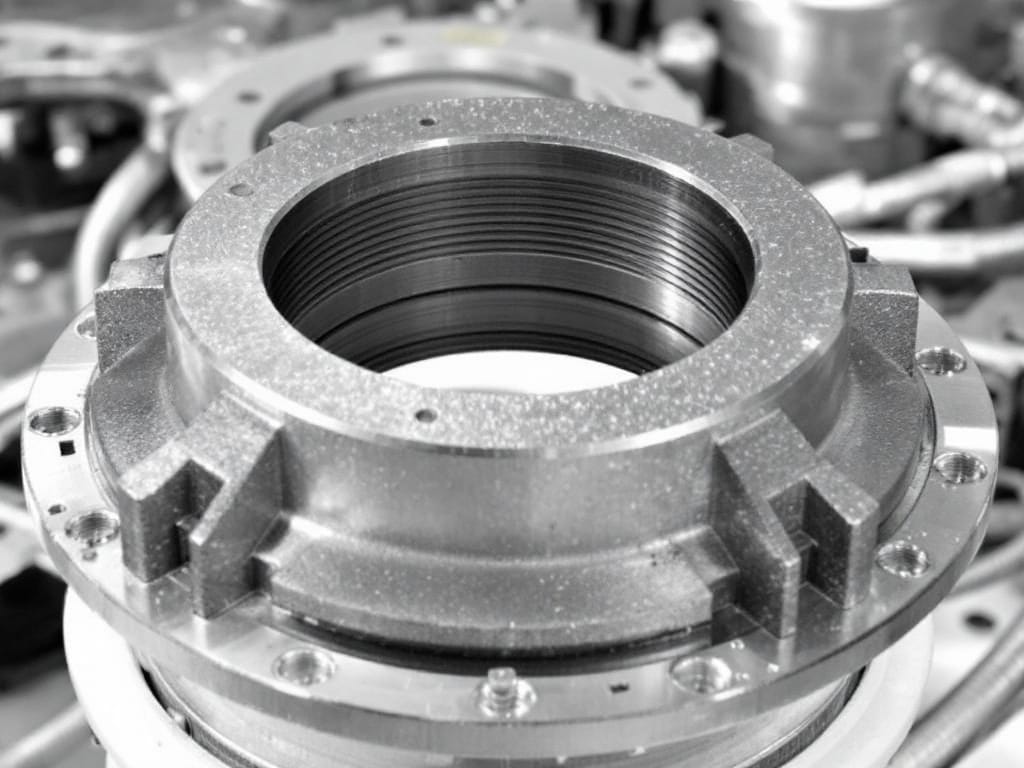The machinery industry faces constant pressure to optimize efficiency and minimize downtime. Boiler feed pumps, vital for steam generation, represent a significant area where performance directly impacts operational costs.
Improper sizing or failing to account for system demands leads to wasted energy, increased wear, and potential system failures. This blog post provides a detailed guide to boiler feed pump calculation, equipping you with the knowledge to select the correct pump and maintain optimal performance.
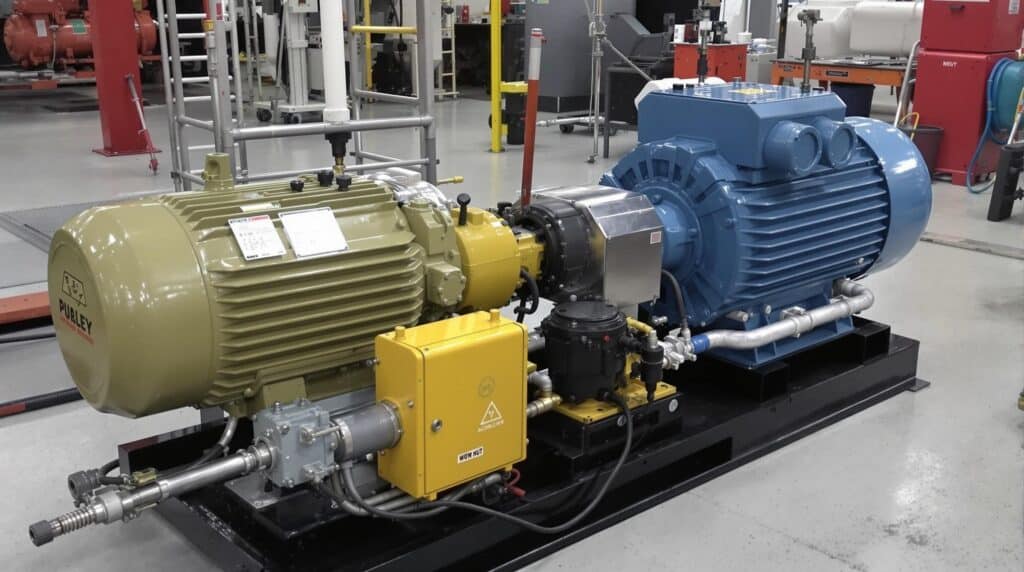
Step 1: Determine the Boiler’s Steam Output
The first step in sizing a boiler feed pump is to determine the boiler’s maximum steam output. This information can be found in the boiler manufacturer’s specifications or calculated based on the boiler’s heating surface area and steam pressure.
To calculate the steam output, use the following formula:
Steam Output (lb/hr) = Heating Surface Area (ft²) × Evaporation Rate (lb/ft²/hr)The evaporation rate depends on the boiler type and operating pressure. For example, a watertube boiler operating at 150 psig may have an evaporation rate of 5 lb/ft²/hr.
Step 2: Calculate the Feedwater Flow Rate
Once you know the boiler’s steam output, you can calculate the required feedwater flow rate. The feedwater flow rate must be sufficient to replace the water evaporated as steam and account for any losses due to blowdown or leaks.
To calculate the feedwater flow rate, use this formula:
Feedwater Flow Rate (gpm) = Steam Output (lb/hr) ÷ (500 × [1 - Blowdown Rate])The constant 500 represents the approximate number of pounds of water per hour that equals 1 gallon per minute (gpm). The blowdown rate is the percentage of water deliberately discharged from the boiler to control dissolved solids concentration. A typical blowdown rate ranges from 1% to 5%.
Step 3: Determine the Required Pump Discharge Pressure
The boiler feed pump must overcome the boiler’s operating pressure and any pressure losses in the feedwater system. To determine the required pump discharge pressure, add the boiler operating pressure to the total head loss in the feedwater piping, valves, and fittings.
Pump Discharge Pressure (psig) = Boiler Operating Pressure (psig) + Total Head Loss (ft) ÷ 2.31The constant 2.31 is used to convert feet of head to psi.
Step 4: Select a Pump Based on Flow Rate and Discharge Pressure
With the required feedwater flow rate and pump discharge pressure known, you can select a boiler feed pump that meets these specifications. Consult pump manufacturer catalogs or work with a pump supplier to choose a pump with a performance curve that meets your requirements.
Consider factors such as pump efficiency, materials of construction, and motor size when making your selection. Opt for a pump with a high efficiency to minimize energy consumption and operating costs.
Step 5: Consider Redundancy and Future Expansion
When sizing a boiler feed pump, it’s important to consider system redundancy and potential future expansion. Installing multiple pumps in parallel can provide backup capacity in case of pump failure and allow for increased flow rates if the boiler steam output is expanded in the future.
Size each pump to handle at least 50% of the total required flow rate to ensure adequate redundancy. This approach also allows the pumps to operate at their best efficiency points, reducing energy consumption and extending pump life.
Boiler Feed Pump Calculation Example
Let’s walk through an example of sizing a boiler feed pump for a watertube boiler with the following specifications:
- Heating Surface Area: 5,000 ft²
- Operating Pressure: 150 psig
- Evaporation Rate: 5 lb/ft²/hr
- Blowdown Rate: 3%
- Total Head Loss: 50 ft
Step 1: Calculate the Steam Output
Steam Output = 5,000 ft² × 5 lb/ft²/hr = 25,000 lb/hrStep 2: Calculate the Feedwater Flow Rate
Feedwater Flow Rate = 25,000 lb/hr ÷ (500 × [1 - 0.03]) = 51.5 gpmStep 3: Determine the Required Pump Discharge Pressure
Pump Discharge Pressure = 150 psig + 50 ft ÷ 2.31 = 171.6 psigStep 4: Select a Pump
Based on the calculated flow rate of 51.5 gpm and discharge pressure of 171.6 psig, select a pump with a performance curve that meets or exceeds these requirements.
Step 5: Consider Redundancy
For redundancy, install two pumps in parallel, each sized for at least 50% of the total flow rate (25.75 gpm).
By following these steps and using the provided formulas, you can accurately size a boiler feed pump to ensure optimal boiler performance, energy efficiency, and reliability. Remember to consider factors such as redundancy and future expansion when making your final pump selection.
